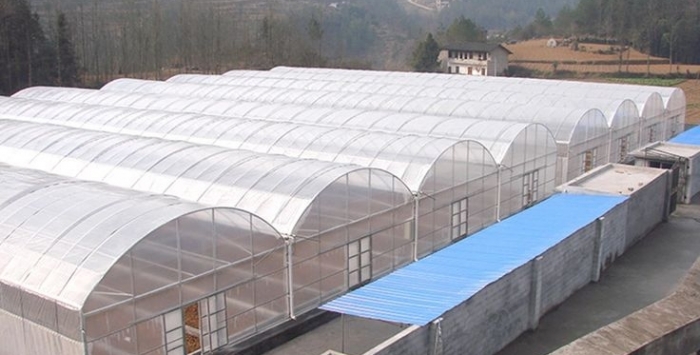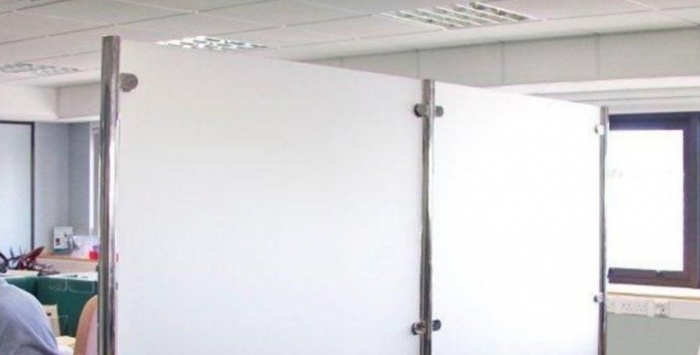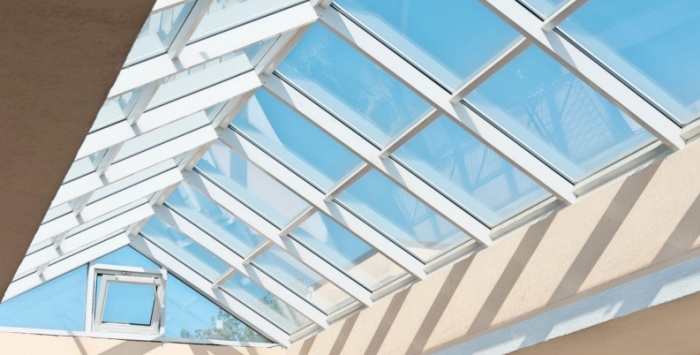

Understanding the Factors That Influence Roofing Sheet Prices
When embarking on a roofing project, understanding the various factors that influence roofing sheet prices is essential for making informed decisions and staying within budget. Let's delve into the key factors that impact roofing sheet prices to help you navigate the market effectively:
1. Material Quality:
The quality of the roofing material significantly affects its price. High-quality materials, such as premium-grade polycarbonate or metal, typically command higher prices due to their durability, longevity, and superior performance compared to lower-grade alternatives.
2. Material Type and Brand:
Different types of roofing materials, such as polycarbonate, metal, asphalt, or fiberglass, come with varying price tags. Additionally, reputable brands often charge a premium for their products due to their established reputation for quality and reliability.
3. Thickness and Strength:
Thicker roofing sheets generally cost more than thinner ones due to the increased material used and enhanced durability. Depending on the structural requirements of your project and the level of protection needed, you may opt for thicker sheets at a higher price point.
4. Size and Coverage Area:
The size and coverage area required for your roofing project directly impact the total cost. Larger roofing areas necessitate more material, resulting in higher overall expenses. Additionally, custom sizes or non-standard shapes may incur additional charges.
5. Aesthetic Features and Finishes:
Specialized finishes, colors, textures, or patterns can add to the cost of roofing sheets. These aesthetic features enhance the visual appeal of the roof but come at an additional expense. Consider your design preferences and budget constraints when selecting decorative options.
6. Installation Complexity:
The complexity of the installation process can influence roofing sheet prices. Projects that require intricate cutting, specialized fittings, or additional accessories may incur higher installation costs, impacting the overall project budget.
7. Market Demand and Availability:
Market demand and availability play a significant role in determining roofing sheet prices. During periods of high demand or when certain materials are scarce, prices may increase due to supply chain constraints or market dynamics.
8. Geographic Location:
Geographic location can also affect roofing sheet prices due to variations in material availability, transportation costs, labor rates, and local building codes or regulations. Consider regional factors when estimating project costs.
9. Warranty and Longevity:
Roofing sheets with longer warranties or extended lifespans typically come with higher price tags. Investing in higher-quality materials with comprehensive warranties can provide long-term cost savings by reducing the need for frequent repairs or replacements.
In conclusion, understanding the factors that influence roofing sheet prices is essential for effectively planning and budgeting your roofing project. By considering material quality, type, thickness, size, aesthetic features, installation complexity, market dynamics, geographic location, and warranty coverage, you can make informed decisions that align with your project requirements and budget constraints.
 Turn their house into a home wit...
Turn their house into a home wit... Corrugated Polycarbonate Sheets ...
Corrugated Polycarbonate Sheets ... Seasonal Variations in Acrylic S...
Seasonal Variations in Acrylic S... How Acrylic Design Sheets Can Tr...
How Acrylic Design Sheets Can Tr... Tips for Finding Affordable Roof...
Tips for Finding Affordable Roof...